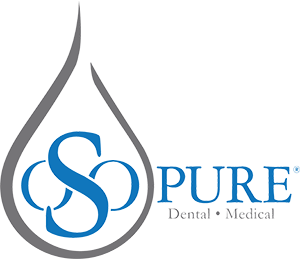Description
HS-300 RO WATER TREATMENT SYSTEM BY GETINGE GROUP
APPLICATION
Today’s ever-changing water quality issues demand that point-of-use water treatment systems become an essential component of equipment applications. Because municipal water treatment facilities are designed to reduce mainly biological contaminants, they do not decrease contaminants that affect the performance of water dependent equipment. The Getinge HS-300 water treatment system (300 gallons per day) is designed specifically for use on applications found throughout the healthcare industry, such as point-of-use steam generators. When used as suggested by the manufacturer, the Getinge HS-300 water treatment system significantly reduces or eliminates boiler scaling. This unit is intended for use with a single sterilizer/ electric boiler combination – with boilers in the range of 12 to 30 KW.
BENEFITS
- Extends equipment life
- Reduces or eliminates boiler scale
- Increases heating element life
- Universal mounting system for quick, easy installation
- Compact Design (L24.19″ x W20.63″ x H27.26″)
- Stainless steel enclosure
EQUIPMENT FEATURES
- Produces 300 gallons in a 24-hour period
- No electrical service needed
- Sturdy 316 stainless steel construction
- Operates on standard water line pressure
- Robust pre-filtration
- Includes PH balancing
- Seismic mountable
- Inlet pressure gauge built-in
- Pre-filter differential gauge
- Easy to change filtration bank
- Built-in tempering valve
- Built-in storage tank
- Built-in flush valve
- Built-in bypass
- Easy to service access panel
- Sturdy brass plumbing
- Ceiling mountable
- Floor mount leg levers
AVAILABLE ACCESSORIES
- Installation kit; includes all hoses and fittings for standard install
- Casters; for moving unit in and out of tight spaces
- Low voltage easy-to-install booster pump; for low inlet water pressure
- Additional pre-filtration; for aggressive/poor water conditions
SYSTEM PERFORMANCE
When used as suggested by the manufacturer, the Watts HS-Series water treatment systems eliminate up to 99% of the following contaminants:
- Total Dissolved Solids (TDS)
- Volatile Organic Chemicals (VOC)
- Hardness (CaCO3)
- Chlorine additives



